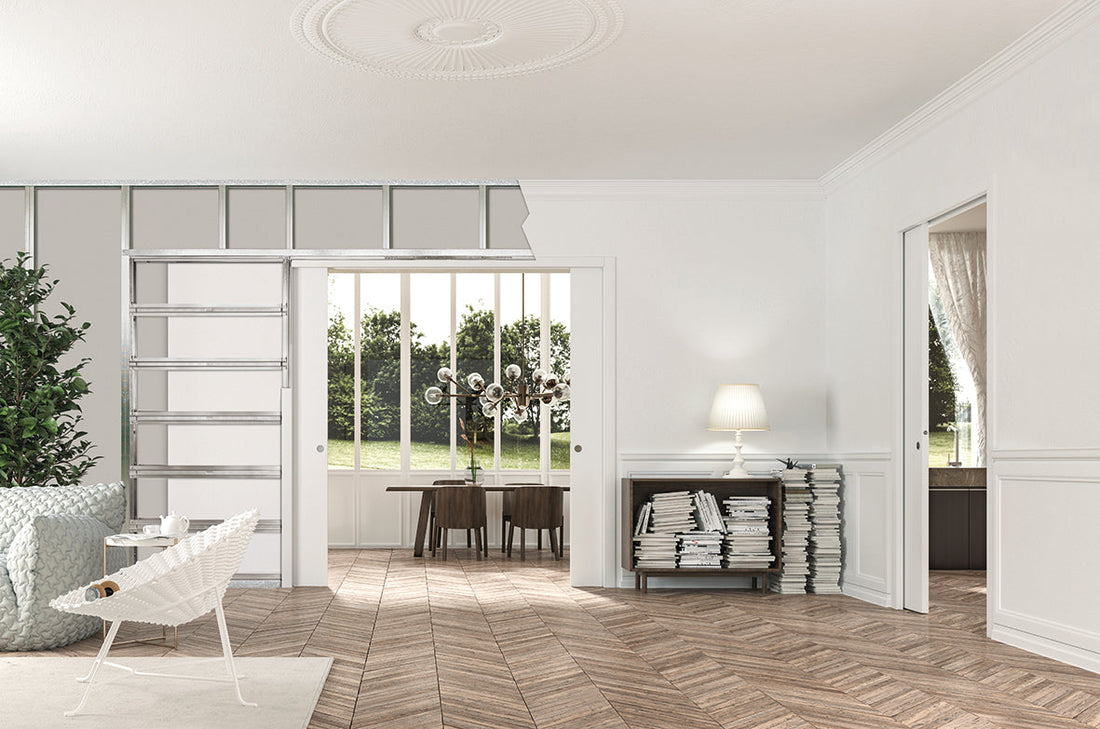
Do Pocket Doors Save Space? The Surprising Truth
If you’re short on space or just want to make your interiors more efficient, pocket doors could be the perfect solution. But how much space do they actually save — and is it worth the switch?

image credit: Instagram @home.by.the.pond
Every Square Metre Counts
On average, a traditional hinged door needs around 0.8–1.0 square metres of clearance to open and close comfortably. Multiply that by every door in your home or office, and the loss of usable space quickly adds up.
By sliding into the wall cavity, pocket doors eliminate this dead space entirely — meaning you can place furniture, storage, or décor right where a hinged door would otherwise swing.

Perfect for Small Rooms
Pocket doors really shine in compact spaces:
En-suites where door swing interferes with basins or toilets
Pantries or utility rooms where every inch counts
Home offices where flexible partitioning is a plus

More Than Just Space-Saving
Aside from space, pocket doors can also:
Improve accessibility, particularly in narrow corridors
Offer greater design flexibility
Enable multi-functional living spaces
For example, use a double pocket door system to connect a kitchen and dining area — open for entertaining, closed for quiet meals.

image credit: Instagram Laura Crombie
Consider Wall Requirements
It’s true: pocket doors need a bit of planning during construction or renovation, especially in terms of wall cavity depth. But ECLISSE has systems for both metal stud and timber stud walls, plus retrofittable options in certain situations.

image credit: Alex Wroe
So, yes, pocket doors absolutely save space — not just in terms of square footage, but also in how you experience and use your rooms.
